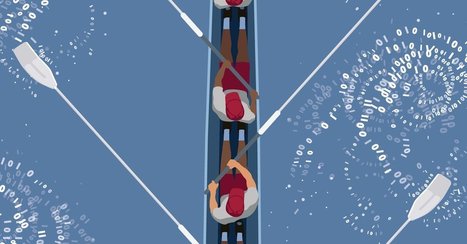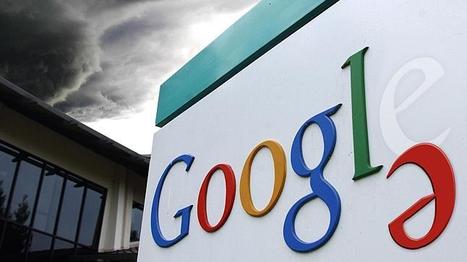Organizations far and wide have for years attempted to crack the code on what makes for a healthy and profitable work culture. Well, let me save you time and money and simply break it to you here: It is trust.
We already know this to be true from several studies. For example, Great Place to Work -- the global research consultancy that partners with Fortune to conduct the annual study of those "best companies" -- confirms that trust is the human behavior you cannot afford not to have.
The research on those companies (Google, to no surprise, being No. 1 on the list seven out of the last 10 years) says that 92 percent of employees surveyed believe that management is transparent in its business practices. And transparency begets trust.
Via The Learning Factor



 Your new post is loading...
Your new post is loading...


























These are the essential traits of a trustworthy boss.